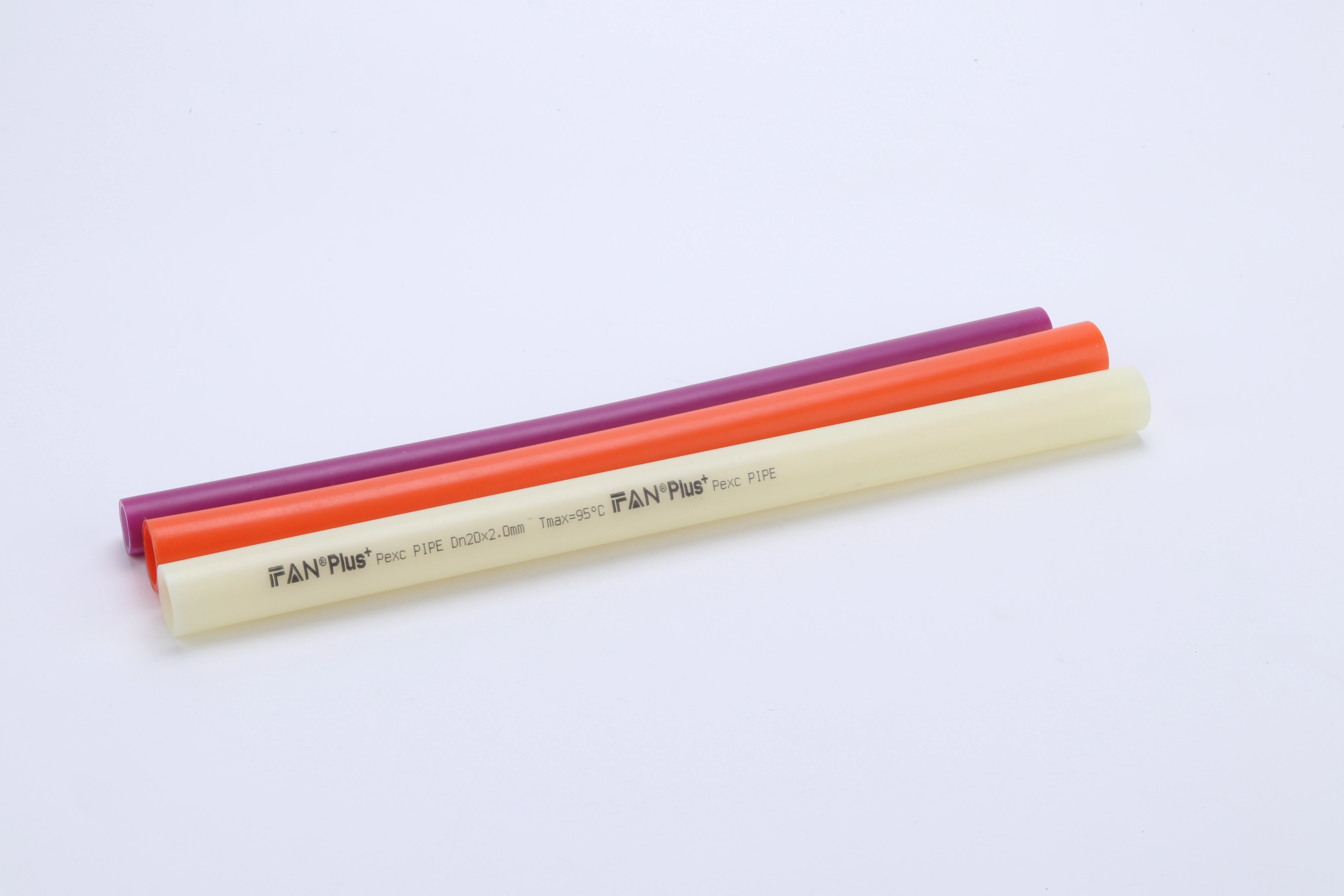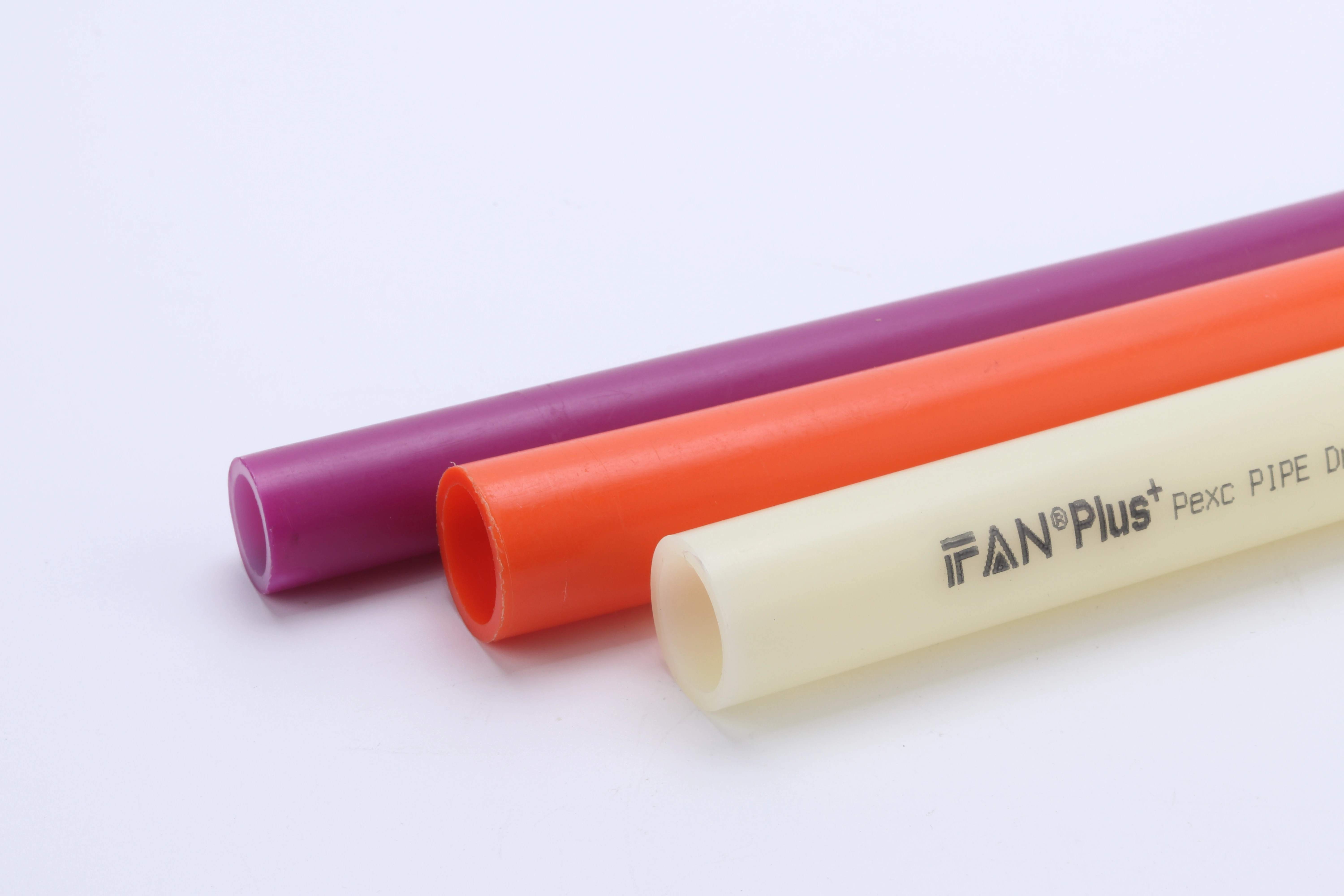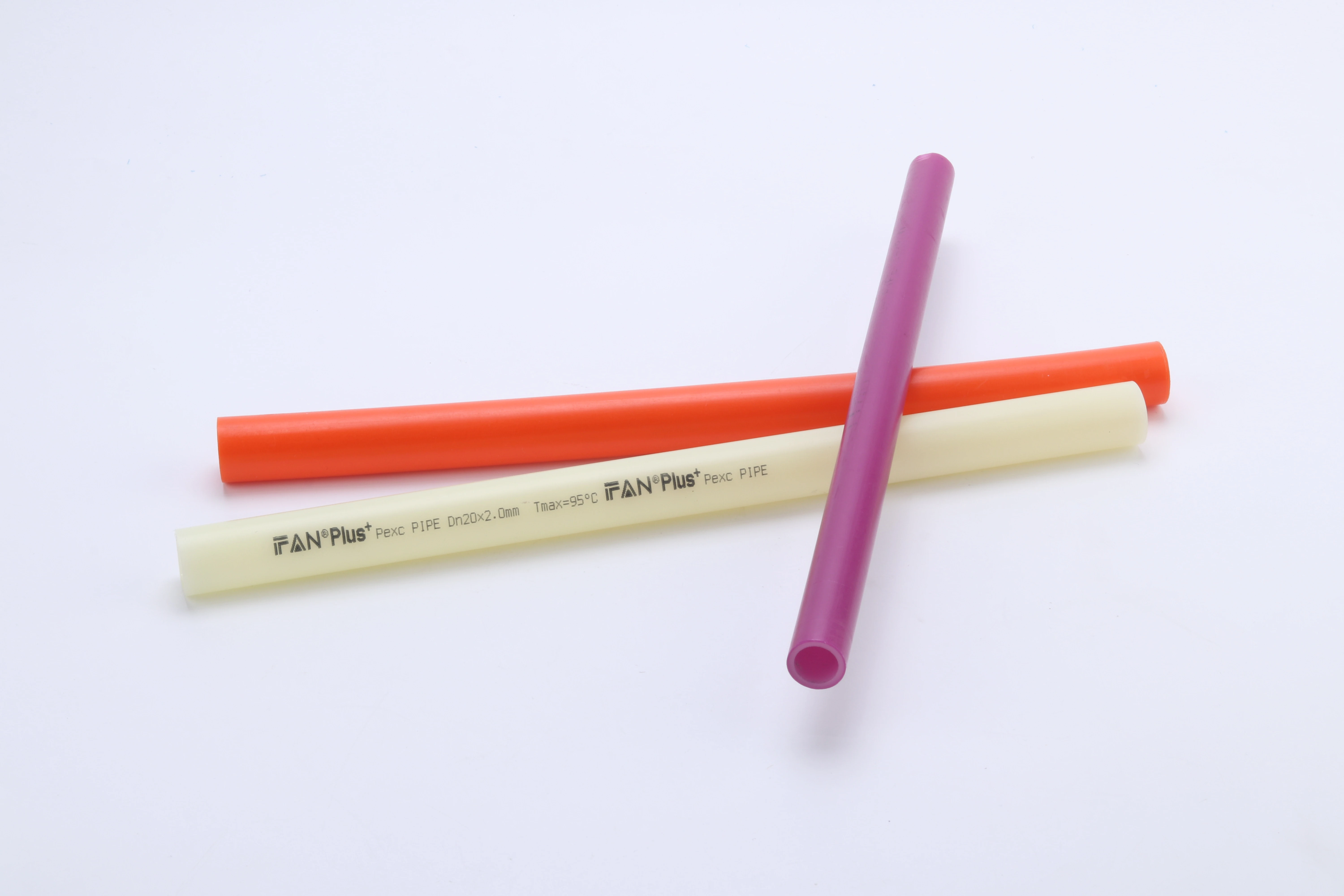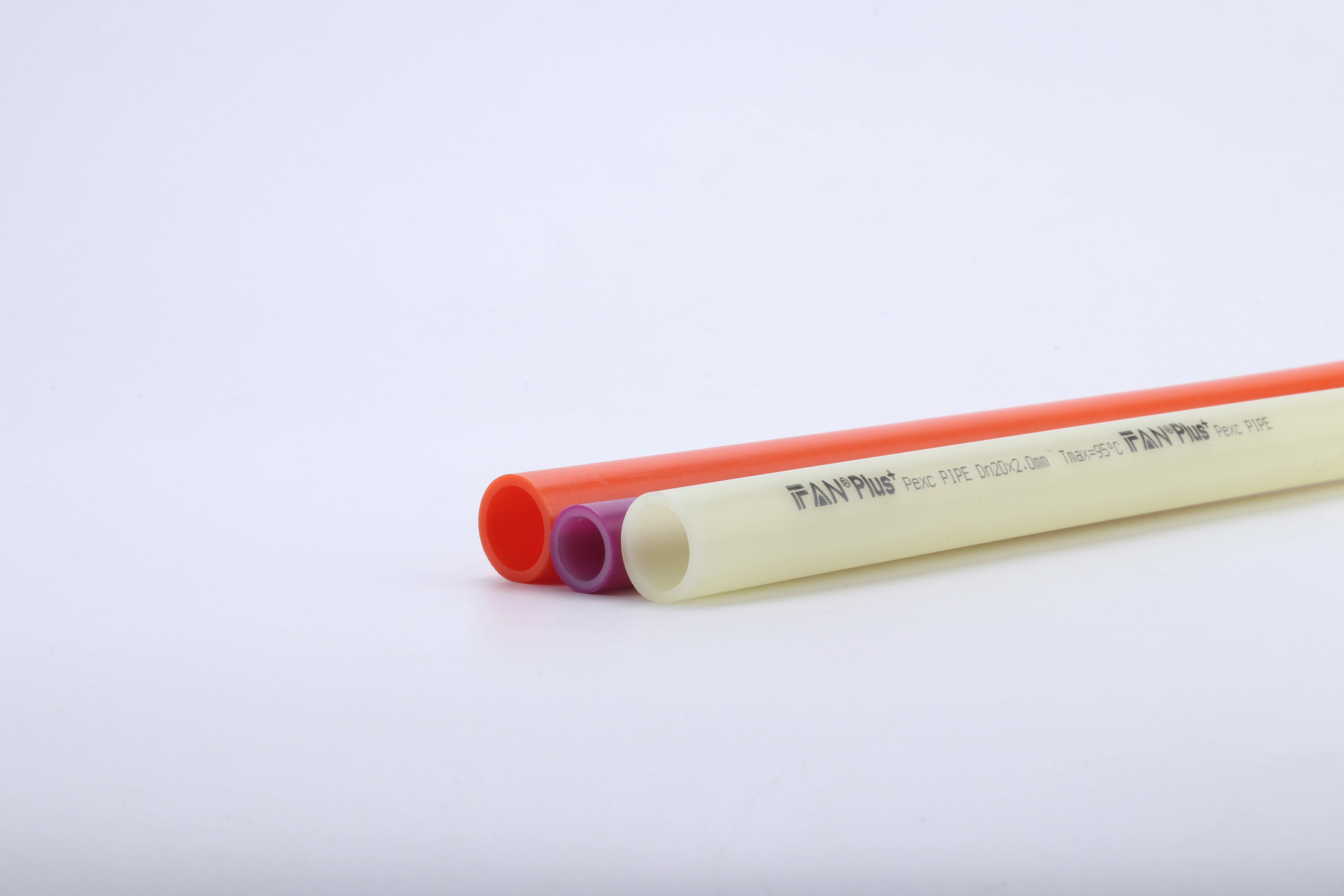Having designed and installed numerous radiant floor heating systems over the past decade, I’ve witnessed firsthand how PEX has revolutionized this heating method. The transition from metal piping to PEX represents one of the most significant advancements in hydronic heating technology, offering benefits that extend far beyond simple cost savings.
PEX is the preferred choice for radiant floor heating due to its exceptional flexibility that simplifies complex layouts, complete corrosion resistance that ensures longevity in concrete, excellent heat transfer properties, and significant cost advantages over traditional metal piping. These characteristics combine to create a reliable, efficient, and economical heating solution that outperforms alternative materials in virtually every aspect.
The superiority of PEX in radiant floor applications becomes evident when examining its performance across key installation and operational criteria. Let’s explore why PEX has become the industry standard for modern radiant heating systems.
How does PEX flexibility simplify installation in floor heating layouts?
PEX’s flexibility transforms radiant floor installation from a complex, labor-intensive process to a streamlined operation that saves significant time and reduces potential error points.
PEX’s flexibility allows continuous runs of several hundred feet, eliminating numerous connections that would be required with rigid pipes. This flexibility enables installers to create precise, complex looping patterns without excessive fittings, while the material’s memory helps maintain placement during concrete pouring, preventing floating or displacement that could create cold spots in the finished system.

The installation advantages of PEX extend beyond simple ease of bending to fundamentally change how radiant systems are designed and implemented.
Complex Layout Capabilities
Unlike rigid pipes that require precise measurements and multiple fittings for direction changes, PEX can snake through floor layouts in continuous loops. This capability is particularly valuable in complex room shapes or when navigating around structural elements. A single 1,000-foot coil of PEX can typically cover an entire zone without a single connection buried in the concrete.
The material’s flexibility also allows for closer tube spacing in areas requiring more heat output, such as near exterior walls or under tile floors, without requiring additional fittings or complex manifolding. This design flexibility enables more precise heat distribution and better system performance.
Installation Time and Labor Reduction
PEX installation progresses significantly faster than metal pipe systems. Where copper or steel requires careful bending, threading, or soldering at each direction change, PEX simply follows the planned layout with minimal resistance. This efficiency typically reduces installation time by 40-60% compared to metal piping systems.
The labor savings extend beyond the initial installation. With PEX, a two-person crew can typically unroll, position, and secure an entire circuit in the time it would take to measure and cut rigid piping for the same area. This efficiency translates directly to lower labor costs and faster project completion.
Table: Installation Efficiency Comparison
| Installation Factor | Rigid Metal Piping | PEX Piping | Advantage Impact |
|---|---|---|---|
| Connections per 1000 sq ft | 15-25 connections | 2-4 connections | 80-85% reduction |
| Installation Time | 8-12 hours | 3-5 hours | 50-60% faster |
| Layout Adjustments | Difficult, requires recutting | Easy, continuous adjustment | Minimal material waste |
| Error Correction | Major rework required | Simple repositioning | Significant time savings |
Stability During Concrete Placement
PEX’s slight rigidity and memory help it maintain position during the concrete pouring process. Unlike more flexible plastics that might float or displace when concrete flows around them, PEX typically stays securely in place when properly fastened. This stability ensures the designed tube spacing remains consistent, preventing uneven heating in the finished floor.
The material’s durability also protects against damage during construction. PEX can withstand minor impact and compression during concrete placement and finishing without compromising its integrity, whereas rigid pipes might crack or develop stress points under similar conditions.
What makes PEX more corrosion-resistant than metal pipes in concrete?
PEX’s complete immunity to corrosion represents a fundamental advantage in radiant floor applications where pipes are permanently embedded in concrete and inaccessible for maintenance or replacement.
PEX is inherently corrosion-proof because it contains no metallic elements to oxidize or deteriorate electrochemically. Unlike metal pipes that can corrode from both internal water chemistry and external concrete conditions, PEX remains completely unaffected by pH variations, mineral content, oxygen diffusion, or the alkaline environment of concrete, ensuring decades of reliable performance without degradation.

The corrosion resistance of PEX is particularly valuable in radiant floor systems where pipes are permanently encased and replacement would be prohibitively expensive.
Internal Corrosion Immunity
Metal pipes in radiant systems face multiple internal corrosion threats:
- Oxygen corrosion from air trapped in the system
- Electrochemical corrosion from dissolved minerals
- pH-related corrosion from acidic or alkaline water
- Microbial corrosion from bacteria in the water
PEX eliminates all these concerns because its cross-linked polyethylene structure contains no elements that participate in corrosion reactions. This immunity ensures consistent flow characteristics and heat transfer performance throughout the system’s lifespan, with no gradual deterioration from internal water conditions.
External Corrosion Protection
Concrete creates a challenging environment for embedded materials. The high alkalinity (pH 12-13) of fresh concrete aggressively attacks many metals, while the moisture present during curing and throughout the concrete’s life creates continuous exposure conditions. Additionally, concrete contains chlorides and other chemicals that can accelerate metallic corrosion.
PEX remains completely inert in this environment, with no degradation from concrete alkalinity, moisture, or chemical exposure. This stability is particularly valuable in systems where concrete additives (accelerators, water reducers, etc.) might contain compounds that could attack metal pipes.
Table: Corrosion Resistance Comparison in Concrete
| Corrosion Factor | Metal Pipe Vulnerability | PEX Performance | Long-term Impact |
|---|---|---|---|
| Concrete Alkalinity | High – especially during cure | Complete immunity | PEX maintains integrity |
| Chloride Exposure | Moderate to high | No effect | No corrosion initiation |
| Oxygen Diffusion | High corrosion risk | Not applicable | PEX doesn’t oxidize |
| Stray Currents | Electrochemical corrosion risk | Non-conductive, immune | No electrolytic damage |
System Longevity Implications
The corrosion resistance of PEX directly translates to exceptional system longevity. While metal radiant systems might last 20-30 years before corrosion-related issues emerge, PEX systems routinely achieve 50+ years of reliable service. This extended lifespan is particularly valuable in radiant floor applications where pipe replacement would require destructive concrete removal.
The maintenance-free nature of PEX in concrete also eliminates concerns about:
- Corrosion monitoring and prevention systems
- Water treatment requirements to control corrosion
- pH balancing to protect piping
- System flushing to remove corrosion products
How does PEX enhance heat transfer efficiency in radiant systems?
PEX optimizes heat transfer in radiant floor applications through its material properties and installation characteristics that promote efficient, even heat distribution.
PEX enhances heat transfer efficiency through its smooth interior that minimizes flow resistance, consistent wall thickness that ensures uniform heat emission, and flexibility that enables optimal tube spacing. While PEX has lower thermal conductivity than metals, this characteristic actually promotes more even heat distribution across the floor surface by preventing localized hot spots near the pipes.

The heat transfer characteristics of PEX create unique advantages in radiant floor applications that might seem counterintuitive but deliver superior performance in practice.
Thermal Performance Characteristics
While copper has approximately 1,700 times greater thermal conductivity than PEX, this theoretical advantage doesn’t translate to better radiant floor performance. In practice, the lower conductivity of PEX provides benefits:
- More even heat distribution across the entire floor surface
- Reduced temperature striping (alternating warm/cool zones)
- Better compatibility with various floor coverings
- Reduced risk of overheating floor materials
The thermal output in radiant systems is primarily determined by water temperature, flow rate, and tube spacing—not pipe material conductivity. PEX systems can achieve identical thermal comfort to metal systems with proper design, while providing more consistent surface temperatures.
Flow Dynamics and Heat Transfer
PEX’s hydraulically smooth interior (approximately 0.0007 inch roughness) creates less flow resistance than metal pipes, particularly as systems age. This smoothness allows for:
- Lower pumping energy requirements
- Longer circuit lengths without excessive pressure drop
- More consistent flow rates throughout the system
- Reduced pump sizing and operating costs
The consistent interior diameter also maintains design flow characteristics over time, unlike metal pipes that can develop internal scaling or corrosion that reduces flow capacity and heat transfer efficiency.
Table: Heat Transfer Characteristics Comparison
| Performance Factor | Metal Piping | PEX Piping | System Impact |
|---|---|---|---|
| Thermal Conductivity | High (copper: 400 W/mK) | Low (0.24 W/mK) | More even distribution with PEX |
| Flow Resistance | Increases with scaling | Consistently low | Better long-term efficiency with PEX |
| Temperature Distribution | Can create hot spots near pipes | Even across entire surface | More comfortable with PEX |
| Response Time | Faster temperature change | Slower, more stable | Better stability with PEX |
System Design Optimization
PEX’s flexibility enables tube spacing that optimizes heat transfer for specific applications. The ability to create custom spacing patterns allows designers to:
- Increase density near exterior walls for compensation heat loss
- Reduce density in interior zones where less heat is needed
- Create zones with different heat outputs within the same space
- Navigate around obstructions without compromising overall distribution
This design flexibility, combined with PEX’s consistent thermal performance, enables more precise temperature control and better comfort than achievable with rigid piping systems.
What cost advantages does PEX offer for radiant heating installations?
PEX delivers substantial cost savings throughout the installation process and over the system’s operational life, making radiant heating more accessible and economically viable.
PEX offers 30-50% lower installed costs compared to metal radiant systems through reduced material expenses, dramatically faster installation, fewer required connections, and lower labor requirements. Additionally, PEX systems operate more efficiently with reduced pumping energy and require no maintenance related to corrosion or scaling, providing ongoing savings throughout the system’s lifespan.

The economic advantages of PEX extend beyond simple material cost differences to impact every aspect of system installation and operation.
Installation Cost Savings
PEX reduces installation costs through multiple mechanisms:
- Material costs are 40-60% lower than equivalent copper systems
- Installation time is reduced by 40-60% due to flexibility and connection methods
- Labor requirements are lower due to easier handling and faster placement
- Tool investments are minimal compared to metal pipe installation equipment
- Error reduction saves rework time and material waste
These savings make radiant heating systems more economically viable for a wider range of projects, often transforming radiant heat from a luxury feature to a standard option in residential and commercial construction.
Operational Efficiency Savings
Beyond installation, PEX systems operate more efficiently and economically:
- Reduced pumping energy from smoother interior surfaces
- Lower water temperatures required due to optimized heat transfer
- No chemical treatments needed for corrosion protection
- No system flushing required to remove corrosion products
- Longer component life from clean system operation
These operational savings continue throughout the system’s life, with PEX systems typically using 10-20% less pumping energy than comparable metal systems due to better flow characteristics.
Table: Comprehensive Cost Comparison (2,000 sq. ft. Residence)
| Cost Category | Copper System | PEX System | Savings with PEX |
|---|---|---|---|
| Pipe Materials | $2,500-$3,500 | $800-$1,200 | 60-70% |
| Installation Labor | $4,000-$6,000 | $2,000-$3,000 | 40-60% |
| Fittings & Connections | $600-$900 | $150-$250 | 70-80% |
| System Maintenance | $100-$200/year | $20-$40/year | 75-80% |
| Energy Consumption | Baseline | 10-20% reduction | Ongoing savings |
Lifecycle Cost Advantages
The long-term economic benefits of PEX extend throughout the system’s operational life:
- Longer system lifespan without corrosion-related degradation
- Reduced failure risk from fewer connections and corrosion immunity
- Lower insurance costs in some regions due to reduced leak risk
- Higher property values from reliable, efficient heating systems
- No replacement costs for decades of service
When evaluating total cost of ownership rather than just initial installation expenses, PEX typically provides a 40-60% economic advantage over metal piping alternatives in radiant floor applications.
Conclusion
PEX has become the dominant material for radiant floor heating systems due to its unparalleled combination of flexibility, corrosion resistance, thermal performance, and economic advantages. The material’s installation benefits reduce labor costs and complexity while enabling more sophisticated system designs. Its complete immunity to corrosion ensures decades of reliable performance without maintenance or degradation. The thermal characteristics of PEX promote even heat distribution and efficient operation. Most significantly, PEX delivers substantial cost savings throughout the system’s lifecycle, from initial installation through decades of operation. These advantages have made PEX the clear choice for modern radiant heating systems, transforming what was once a luxury feature into an accessible, efficient, and reliable heating solution for a wide range of applications.













Recent Comments